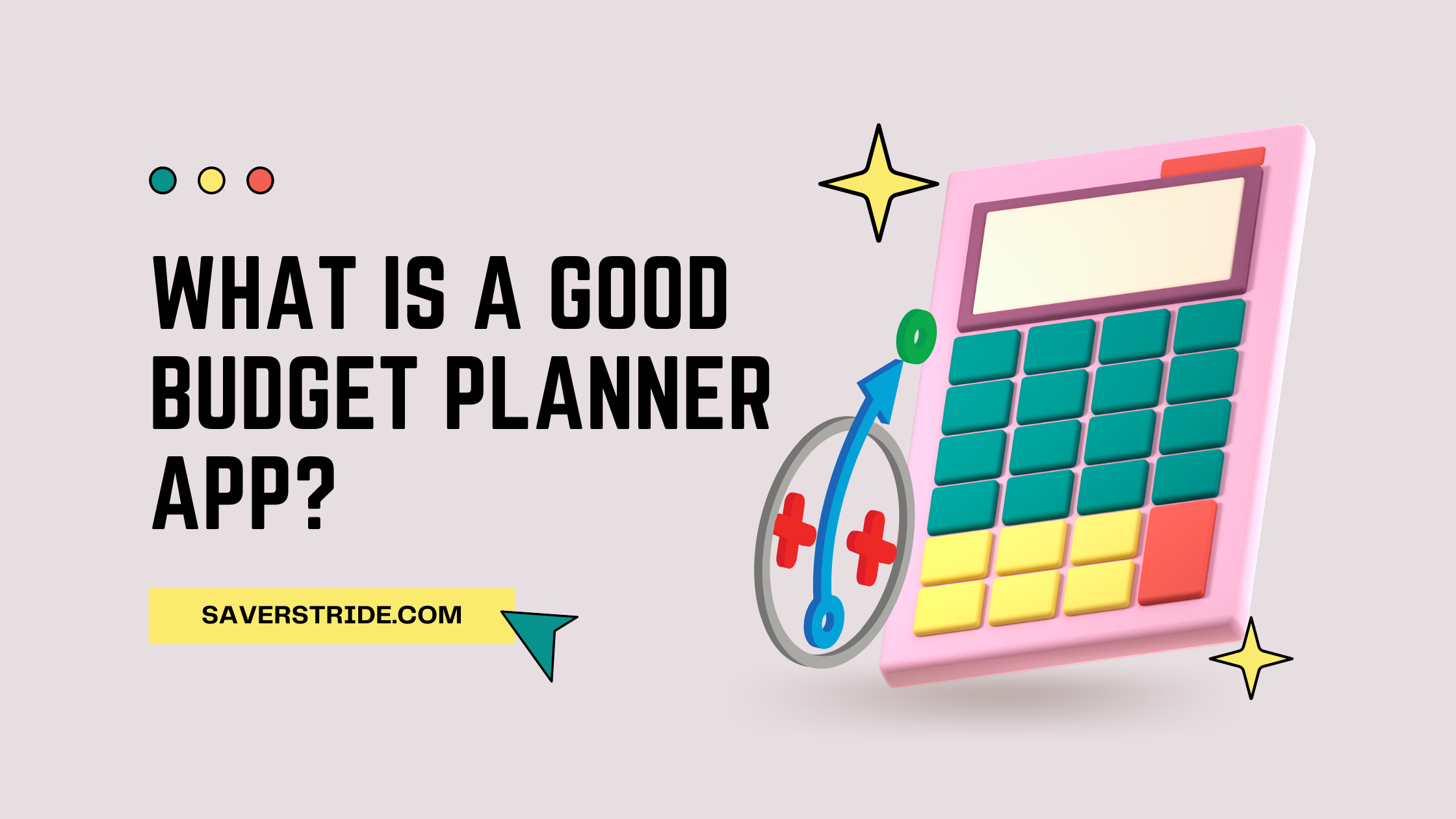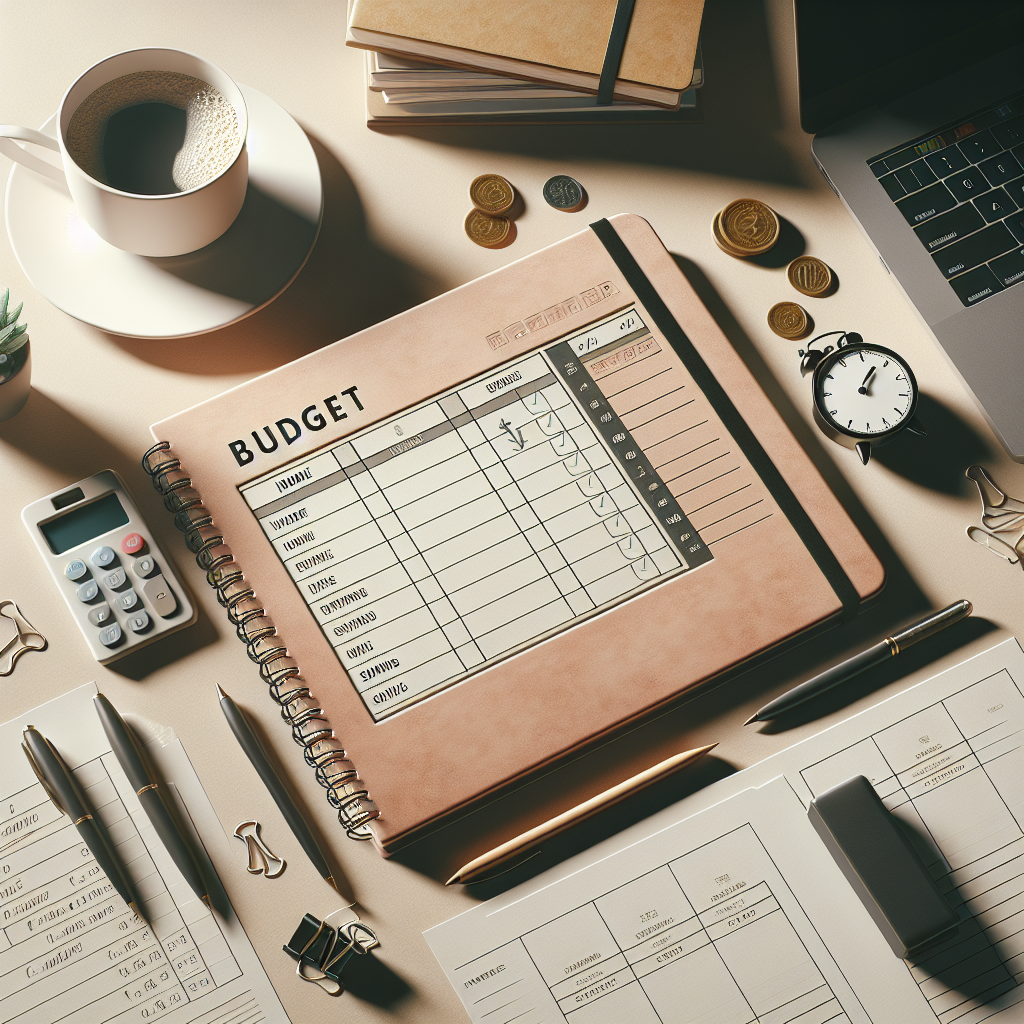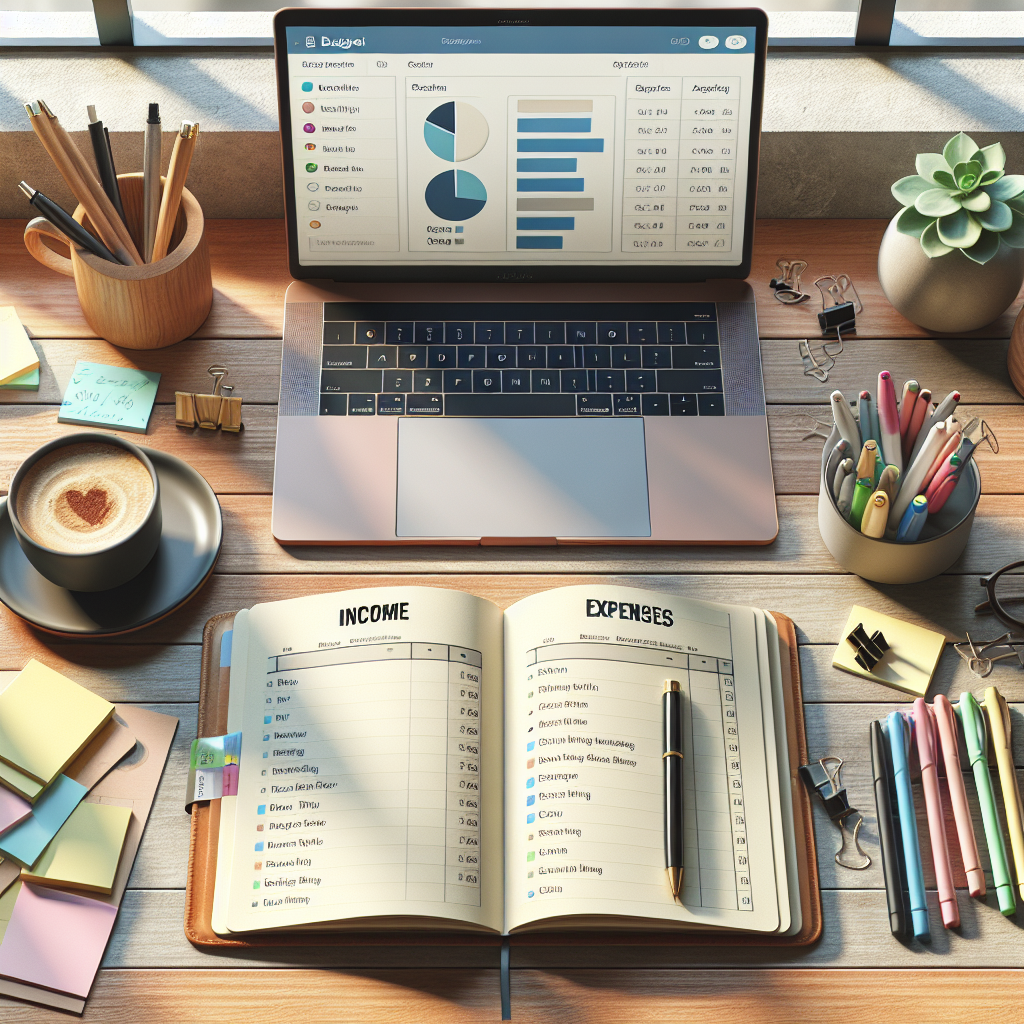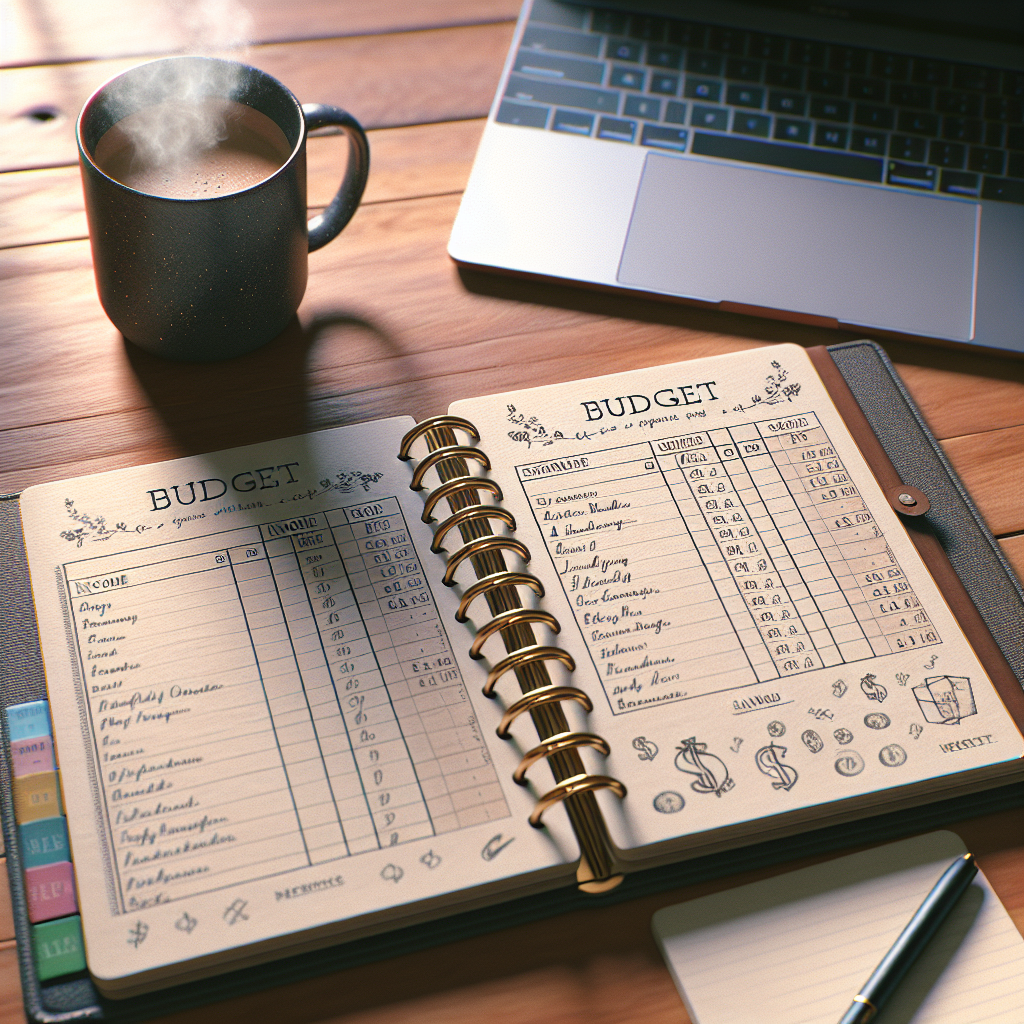You Need A Budget, commonly known as YNAB, is a personal finance software that has gained significant traction among individuals seeking to take control of their financial lives. Founded in 2004 by Jesse Mecham, YNAB was born out of a desire to help people break free from the cycle of living paycheck to paycheck. The software is built on four fundamental rules that guide users in managing their money more effectively.
These rules encourage proactive budgeting, prioritizing expenses, and fostering a mindset of financial awareness. YNAB is not just a tool; it’s a philosophy that empowers users to make informed financial decisions. The platform operates on the principle that every dollar should have a job, which means that users allocate their income to specific expenses, savings, or debt repayment.
This approach helps individuals understand their spending habits and encourages them to live within their means. YNAB is available on multiple platforms, including web, iOS, and Android, making it accessible for users on the go. Its user-friendly interface and robust features have made it a popular choice for those looking to improve their financial literacy and achieve their financial goals.
Key Takeaways
- YNAB (You Need A Budget) is a popular budgeting app that helps users take control of their finances by giving every dollar a job.
- Setting up your budget in YNAB involves creating categories for your expenses, allocating funds, and adjusting as needed.
- Tracking your expenses with YNAB involves entering transactions, reconciling accounts, and staying aware of your spending habits.
- Utilizing YNAB’s goal-setting features can help you set and achieve financial goals, such as saving for a vacation or paying off debt.
- Managing debt with YNAB involves creating a plan to pay off debt, tracking progress, and staying motivated to become debt-free.
Setting up Your Budget in YNAB
Establishing Your Income Sources
The first step involves entering your income sources, which can include salaries, side hustles, or any other form of revenue.
Allocating Funds to Categories
Once your income is established, you can start allocating funds to various categories such as housing, groceries, transportation, and entertainment. This allocation process is crucial as it lays the foundation for your financial management. YNAB encourages users to adopt a zero-based budgeting approach, where every dollar is assigned a specific purpose.
Customizing Your Budget
This method not only helps in tracking spending but also fosters a sense of accountability. Users can create custom categories that reflect their unique financial situations and goals. For instance, if you are saving for a vacation or planning for holiday expenses, you can create dedicated categories for these purposes. Additionally, YNAB allows for the creation of subcategories, providing even more granularity in budgeting. This flexibility ensures that users can adapt their budgets as their financial circumstances change.
Tracking Your Expenses with YNAB

Once your budget is set up, the next critical step is tracking your expenses. YNAB simplifies this process by allowing users to record transactions in real-time or import them directly from linked bank accounts. This feature is particularly beneficial for those who prefer a hands-off approach to expense tracking.
However, manual entry can also be advantageous as it encourages users to engage with their finances actively. By regularly inputting expenses, individuals become more aware of their spending patterns and can make adjustments as needed. YNAB’s interface provides a clear overview of how much money remains in each category, making it easy to see where you stand financially at any given moment.
The app uses color coding to indicate whether you are on track with your budget or if you are overspending in certain areas. For example, if you have allocated $200 for groceries but have already spent $250, the category will turn red, signaling that you need to reassess your spending habits. This visual representation of your finances helps maintain discipline and encourages users to stick to their budgets.
Source: YNAB
Utilizing YNAB’s Goal-Setting Features
| Goal Type | Definition | Example |
|---|---|---|
| Savings Goal | Setting aside money for a specific purpose | Setting a goal to save 1000 for a vacation |
| Debt Paydown Goal | Targeting a specific debt to pay off | Setting a goal to pay off a credit card balance of 5000 |
| Target Category Balance Goal | Reaching a specific balance in a budget category | Setting a goal to have 500 in the emergency fund category |
One of the standout features of YNAB is its goal-setting capabilities, which allow users to define specific financial objectives and track their progress toward achieving them. Whether you are saving for a new car, planning a wedding, or building an emergency fund, YNAB provides tools to help you stay focused on your goals. Users can set both short-term and long-term goals within the app, specifying the amount needed and the target date for completion.
This functionality transforms abstract financial aspirations into tangible targets. As you allocate funds toward your goals, YNAB tracks your progress and provides visual indicators of how close you are to achieving them. This feature not only motivates users but also instills a sense of accomplishment as they see their savings grow over time.
Additionally, YNAB allows for adjustments to be made along the way; if circumstances change or priorities shift, users can easily modify their goals and reallocate funds accordingly. This adaptability ensures that your budgeting remains relevant and aligned with your current financial situation.
Managing Debt with YNAB
Debt management is a critical aspect of personal finance that many individuals struggle with. YNAB offers several features designed specifically to help users tackle their debts effectively. The first step in managing debt with YNAB is to create a dedicated category for each debt obligation—be it credit cards, student loans, or personal loans.
By categorizing debts separately, users can gain clarity on how much they owe and prioritize payments based on interest rates or due dates. YNAB encourages users to allocate extra funds toward debt repayment whenever possible. For instance, if you receive unexpected income or save money in another category, you can easily redirect those funds toward paying down debt faster.
The app also provides insights into how long it will take to pay off debts based on your current payment plans and any additional contributions you make. This feature helps users visualize the impact of their efforts and motivates them to stay committed to becoming debt-free.
Saving and Investing with YNAB

In addition to budgeting and debt management, YNAB also supports users in building savings and investing for the future. The platform allows individuals to create savings categories for various purposes such as vacations, home purchases, or retirement funds. By setting aside money in these categories each month, users can gradually build up their savings without feeling overwhelmed by large expenses when they arise.
YNAB’s approach to saving emphasizes the importance of planning ahead. For example, if you know that property taxes are due once a year, you can create a category specifically for this expense and allocate funds monthly throughout the year. This proactive strategy prevents financial stress when bills come due and ensures that you are prepared for future obligations.
Furthermore, while YNAB does not offer direct investment options within the app itself, it encourages users to think about investing as part of their overall financial strategy by promoting savings habits that can be directed toward investment accounts.
Utilizing YNAB’s Reporting and Analytics Tools
YNAB provides robust reporting and analytics tools that allow users to gain deeper insights into their financial behaviors over time. These tools enable individuals to track spending trends across different categories and identify areas where they may be overspending or underspending. For instance, by analyzing monthly reports, users can see how much they typically spend on dining out versus groceries and adjust their budgets accordingly.
The analytics features also allow users to compare spending across different months or years, providing valuable context for financial decision-making. This historical data can reveal patterns that may not be immediately apparent through day-to-day tracking alone. For example, if you notice that your utility bills spike during certain months each year, you can plan ahead by allocating more funds during those periods in future budgets.
By leveraging these insights, users can make informed adjustments to their budgets and ultimately improve their financial health.
Tips for Success with YNAB
To maximize the benefits of using YNAB, there are several tips that can enhance your budgeting experience. First and foremost is the importance of regular check-ins with your budget. Setting aside time each week or month to review your spending and adjust categories as necessary fosters accountability and keeps you engaged with your finances.
This practice not only helps identify potential issues early but also reinforces positive financial habits. Another key tip is to embrace flexibility within your budget. Life is unpredictable; therefore, being willing to adjust your budget categories as circumstances change is crucial for long-term success.
If an unexpected expense arises or if you find yourself consistently overspending in a particular category, don’t hesitate to reallocate funds from other areas or adjust your goals accordingly.
Engaging with others who are on similar financial journeys can provide motivation and new ideas for managing your money effectively.
By implementing these strategies and fully utilizing the features offered by YNAB, individuals can cultivate a healthier relationship with money and work towards achieving their financial aspirations with confidence.
If you are looking for a budget tracking app to replace Mint in 2025, you should consider checking out this article on the top personal finance apps by Valapoint. One of the apps mentioned is You Need a Budget (YNAB), which is highly recommended for its effective budgeting tools and user-friendly interface. YNAB is also a great option for couples looking to track their finances together, as highlighted in another article by Valapoint on the top budget tracking apps for couples. Overall, YNAB is a versatile and reliable choice for anyone looking to take control of their finances and improve their budgeting habits. source
FAQs
What is YNAB?
YNAB, which stands for “You Need A Budget,” is a personal budgeting software that helps users gain control of their finances and make informed decisions about their money.
How does YNAB work?
YNAB uses a zero-based budgeting approach, where every dollar is assigned a job, whether it’s for expenses, savings, or debt repayment. Users track their income and expenses, set financial goals, and prioritize their spending based on their priorities.
Is YNAB a free app?
No, YNAB is not a free app. It offers a 34-day free trial, after which users are required to pay a monthly or annual subscription fee to continue using the service.
Can YNAB help with debt repayment?
Yes, YNAB can help users prioritize debt repayment by allocating funds towards paying off debts and tracking progress over time. The software provides tools and resources to help users become debt-free.
Is YNAB suitable for small businesses?
While YNAB is primarily designed for personal budgeting, some small business owners may find it helpful for managing their business finances. However, there are other accounting software options specifically tailored for small businesses.


















